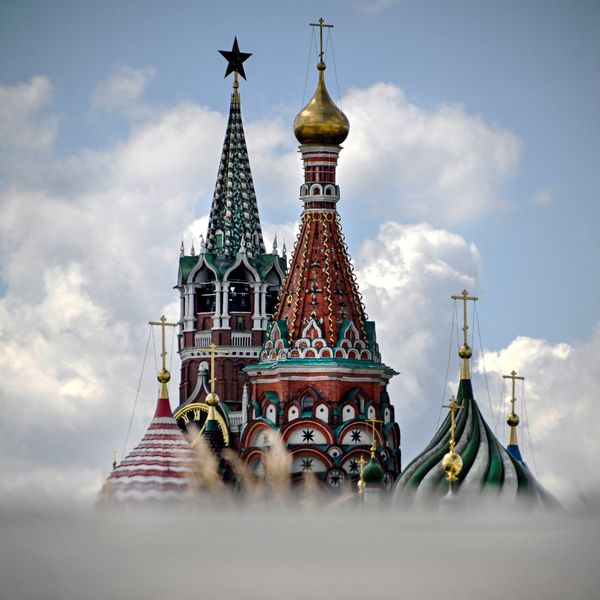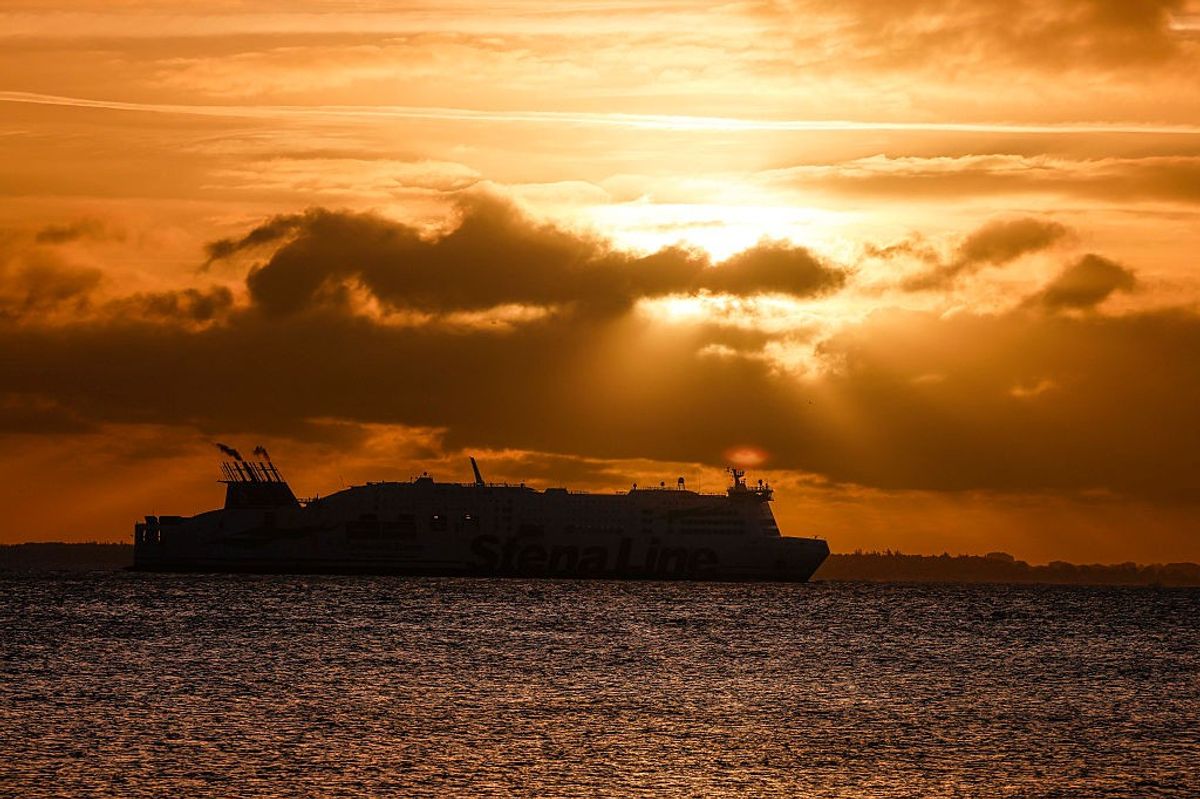Bottom Line Up Front
- Islamic State in Greater Sahara (ISGS) is now seen by France and Sahelian countries as the greatest security threat in West Africa.
- Reports about a drawdown of U.S. troops in West Africa and ISGS’s growing strength have led France and some countries in the region, including Chad, to increase their military presence throughout the Sahel.
- The increased attention to ISGS and its allies could draw attention away from al-Qaeda affiliated groups in Mali and other parts of West Africa.
- The primary target of recent ISGS attacks have been civilians in Burkina Faso, where the Burkinabe army lacks the capacity to protect the population.
On January 16, leading French officials and members of the G5 Sahel (Mali, Niger, Chad, Mauritania, Burkina Faso) met in Pau, France to discuss the deteriorating security situation in West Africa. One notable outcome of the meeting was that the group known as Islamic State in Greater Sahara (ISGS) was declared the greatest security threat in the Sahel. In addition, from a political perspective, the five Sahelian countries’ commitment to combatting ISGS provided French President Emmanuel Macron justification for continuing French counter-terrorism operations in the region. The timing was sensitive for Macron because 13 French soldiers were killed in November 2019 as a result of a helicopter crash. ISGS claimed responsibility for causing the crash despite offering no tangible evidence for its involvement.
The growing concern about ISGS is warranted. On January 9, ISGS killed nearly 100 soldiers in Chinagodrar, Niger. This occurred after ISGS killed nearly 100 soldiers combined in two other attacks in Niger and Mali in November and December 2019, respectively. Another significant attack occurred in Arbinda, Burkina Faso in December 2019 in which several soldiers and several dozen Christian civilians, including many women, were killed by ISGS. Such massacres of civilians in Burkina Faso have become increasingly commonplace. In late January and early February of this year, dozens of civilians were killed in Soum and Seno provinces in Burkina Faso. ISGS operates in those areas and survivors’ descriptions of the attacks indicate ISGS was involved. However, ISGS did not claim those two massacres through IS’s centralized media apparatus, as it typically does for other attacks. This was likely because the civilian massacres were deemed detrimental to ISGS’s image and brand.
In contrast to those massacres, core Islamic State promoted ISGS’s other raids on military barracks. Since March 2019, ISGS has merged with Islamic State in West Africa Province (ISWAP) in IS’s organizational structure. Thus, ISGS’s barracks raids were claimed in ISWAP’s name. ISWAP, which is commonly known as ‘Boko Haram,’ is itself increasingly active and has been conducting more attacks than any other external IS province, even when ISGS’s attacks are not included in the overall number. There are nevertheless few clear signs of robust and sustained ISWAP and ISGS cooperation, although their use of rockets and night vision goggles during barracks raids does suggest a potential partnership.
Nigeria recently suffered a setback in its own efforts to thwart ISWAP’s growing strength in northeastern Nigeria. Chad, which had fielded around 1,200 troops in Nigeria to combat ISWAP since January 2019, announced ahead of the Pau meeting that it was withdrawing its troops from Nigeria. After following through with the withdrawal, Chad then announced its was planning to send troops to the Sahel to combat ISGS. France also announced that it would send an additional 600 troops to combat ISGS. Recent reports about a drawdown of U.S. troops in West Africa may have contributed to France’s decision to send additional troops to the region. Meanwhile, Burkina Faso, which lacks the capacity to combat the surge of ISGS attacks on its territory, has called for arming civilian militias, even amidst growing concerns over the potential for vigilantism. A growing sense of urgency to combat ISGS could lead the group to redeploy some of its fighters to the Niger-Mali-Burkina Faso area, which has been ISGS’s heartland and an area of growing instability. Violence could also spread to littoral West African countries like Benin, Cote d'Ivoire or Ghana. ISGS has also begun clashing with the al-Qaeda linked Jama'at Nasr al-Islam wal Muslimin (JNIM), as the areas of operation between the two groups have overlapped in Mali. One Mali-based JNIM brigade in the southwestern part of the country even defected to ISGS in recent weeks. At the same time that JNIM is struggling to retain the loyalty of its fighters, the pressure on ISGS may provide JNIM a lifeline, as increased attention to ISGS and its allies draws attention away from al-Qaeda affiliated groups in Mali other parts of West Africa.









